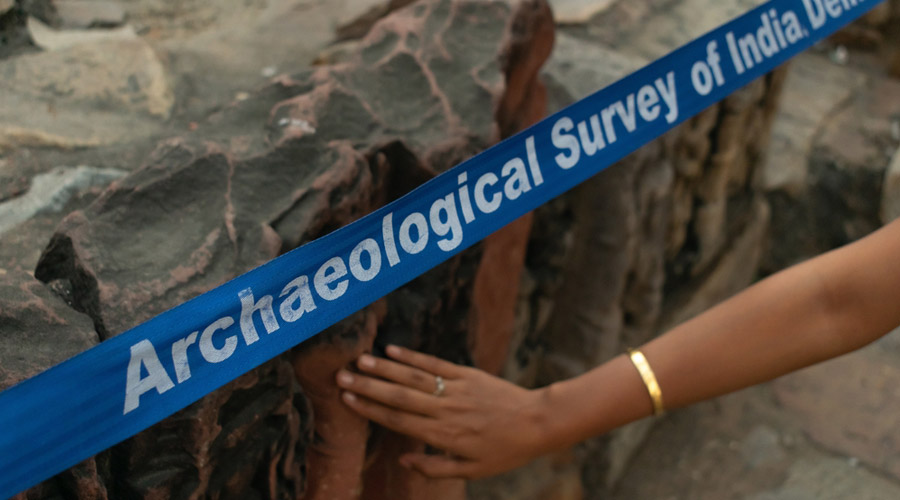The Archaeological Survey of India (ASI), Patna circle has submitted a proposal to its Delhi headquarters to conduct an excavation at Nindaur in Bihar’s Kaimur district for its probable connection with Nanda kings of Magadha.
The Nanda dynasty ruled Magadha in northern India between 343 and 321 BCE (Before Common Era) and the capital was Pataliputra (modern-day Patna).
“The geographical position of the site (Nindaur) is very important. It is situated on the ancient route between Pataliputra to Kashi via the Son river Sasaram-Bhabhua. It was the largest city settlement in between ancient Magadha and Kashi mahajanapada,” Goutami Bhattacharya, superintending archaeologist (ASI, Patna circle), told PTI.
The site may have served as an administrative and trade centre of the early historic period. The site deserves a thorough probe by archaeologists and archaeological excavation here will be “extremely rewarding”, Bhattacharya said.
Nindaur is about 220km from Patna.
“We recently submitted a proposal to the ASI headquarters for conducting an excavation at Nindaur for its probable connection with Nanda kings of Magadha,” she said.
The mound of historical importance was first noticed by F. Buchanan in 1812-13 and then referred to by W.W. Hunter in 1877, Bhattacharya explained.
“According to Buchanan, Nindaur is said to have been the residence of Nindu Raja. He noticed the remains of the fort, tank and brickbats and stones of structures. But he was unable to visualise the archaeological importance and antiquity of the mound,” she said.
“Elevated mound extends roughly in an area of 380X225 metres having 10 to12 metre thick occupational deposits. Structures made of bricks and stones, ring well noticed at the sections of mound. As per the geographical features of the mound, it seems like an ancient fortified city settlement. Various sizes of undressed stones, brickbats are found from the mound. Some abraded fragments of sculptures made of sandstone stone also noticed a cemented platform at the mound,” said the superintending archaeologist.
Bhattacharya said the pottery noticed at the site includes black slipped ware, grey ware and red slipped ware.
“Potsherds of red ware are dominating, whereas the sherds of black slipped ware are meagre in per cent. Sherds of red ware are found in both dull and slipped varieties. The cultural assemblage of the site indicates that it was occupied during the Northern Black Polished Ware (NBPW) culture and flourished up to the early medieval period,” Bhattacharya said.
There is a high possibility of revealing landmark evidence in terms of structures and antiquarian remains, she added.
The Nanda dynasty ruled in the northern part of the Indian subcontinent during the 4th century BCE, and possibly during the 5th century BCE. The Nandas overthrew the Shaishunaga dynasty in Magadha and expanded their empire to include a larger part of northern India. Its founder was Mahapadma Nanda and the last Nanda king was Dhanananda.











